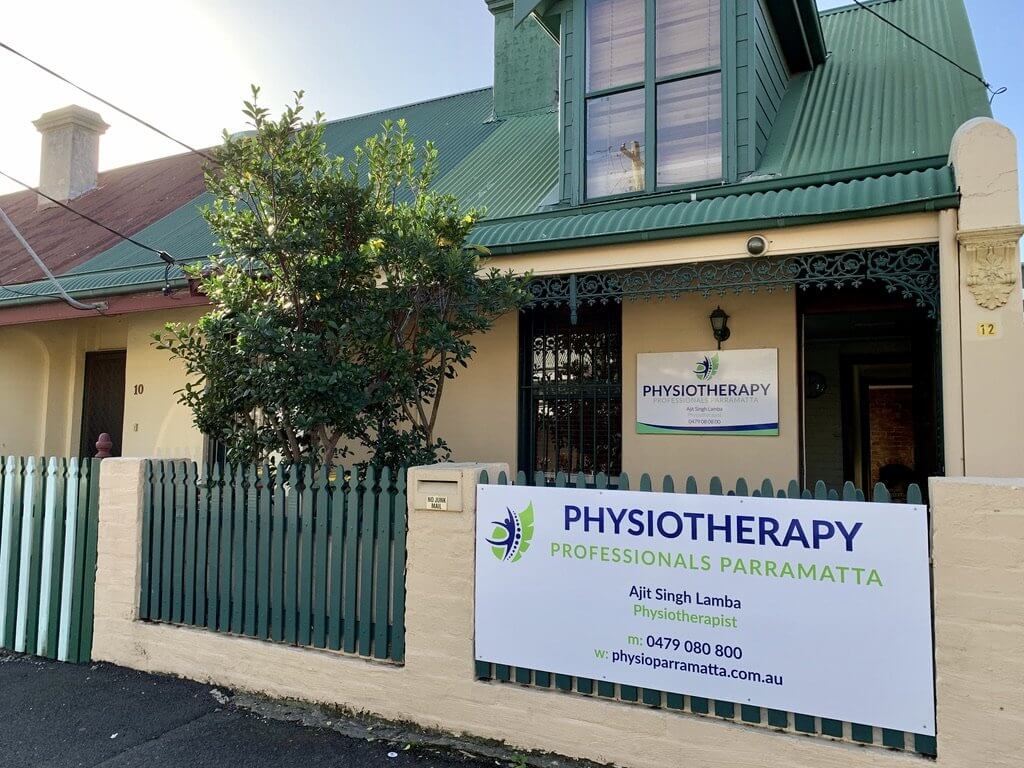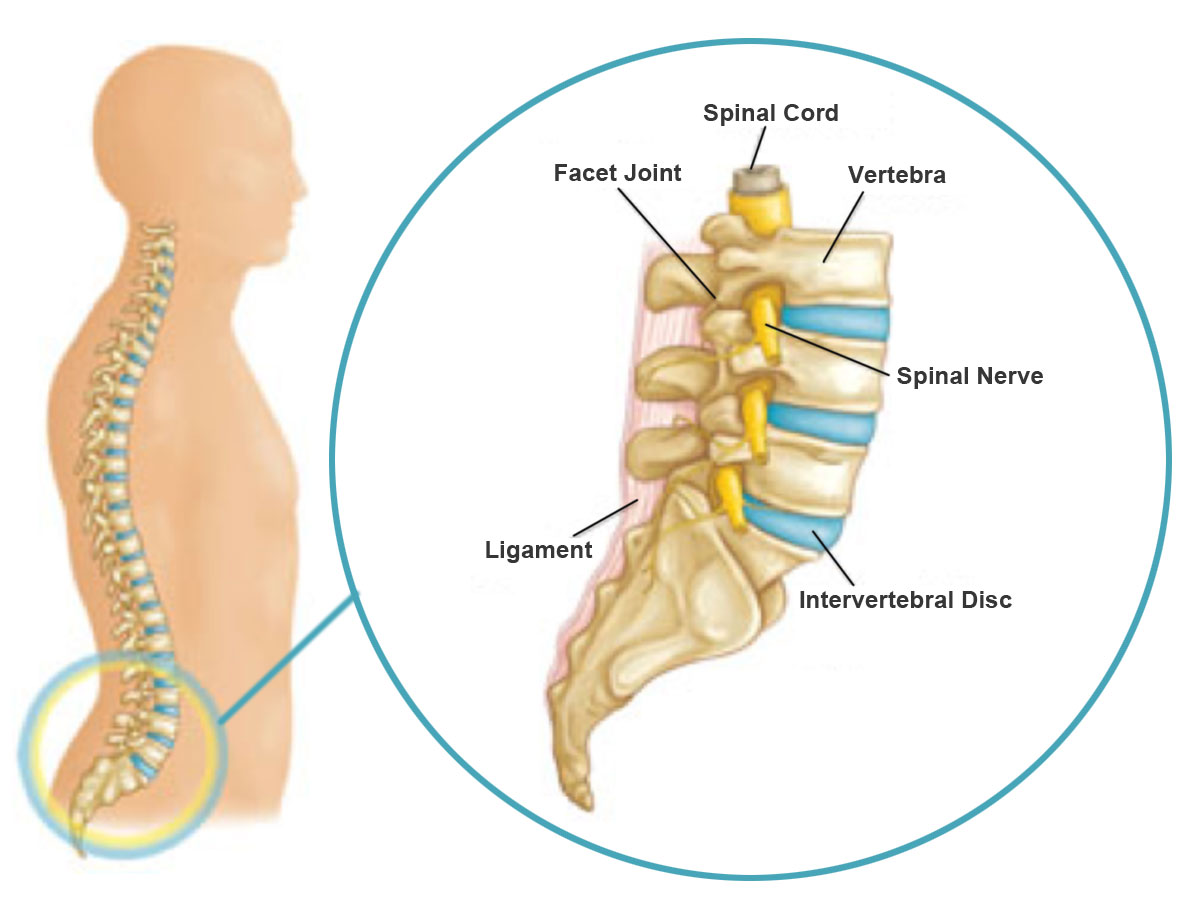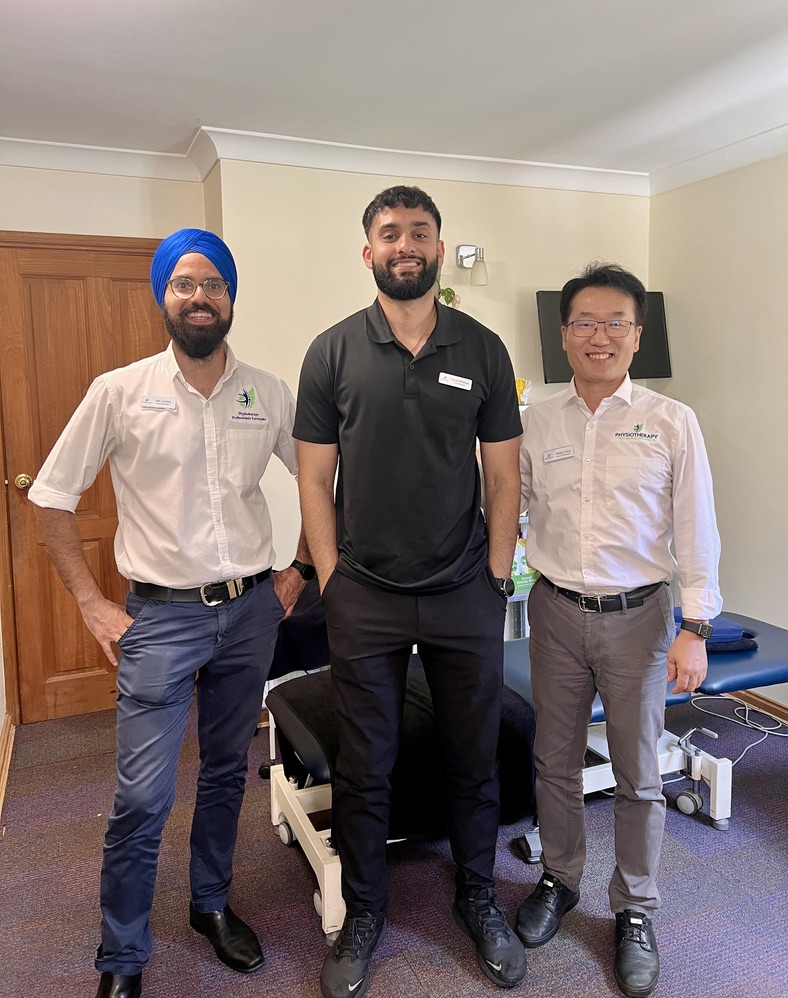Posture. Posture. Posture.
Posture. Posture. Posture.
Do you have perfect posture? Probably not. Do I have perfect posture? Probably not. Does it matter? Nope. That being said I’m certainly not suggesting you stop paying attention to your sitting posture at home or while you work behind a computer screen. Our bodies are extremely dynamic and able to adapt to a variety of situations without causing you any grief.
If you have suffered from acute or chronic neck, shoulder, back pain, the underlying cause may be related to your long term posture. Upper back pain is common in adults. It used to be uncommon in children, but we see an equal amount of of young adults and children with upper back pain due to our increased reliance on technology.
We spend long hours in prolonged positions – sitting slouched for hours at end scrolling through instagram or Facebook. Without appropriate body awareness, we tend to enter the slouched sitting position. Which may not immediately cause pain, but will eventually lead to various pains and chronic injuries. The good news is postural related pain can be managed with cues and exercise.
Sitting Tips
- Avoid sitting on the edge of the chair when using the computer – This position often will cause fatigue to your back muscles and eventually lead to slouched position
- Sit right back in the chair to support your back
- Pull shoulders back
- Take a break every 30-60 minutes
- Stand up roll your shoulders, go for a stroll
Standing Tips
- Stand up tall
- Actively pull your shoulders back when walking
- Engage your core by pulling your belly button into your spine
- Keep your pelvis in neutral
- Maintaining your pelvis position may not be in your control if you have tight hip flexors or tight hamstrings. See a Physiotherapist for guidance
If you are having issues with postural related pain, book a session at Physiotherapy Professionals Parramatta. Experts in musculoskeletal health.
Ajit Lamba
Physiotherapist
www.dev.corporatephysios.com.au




